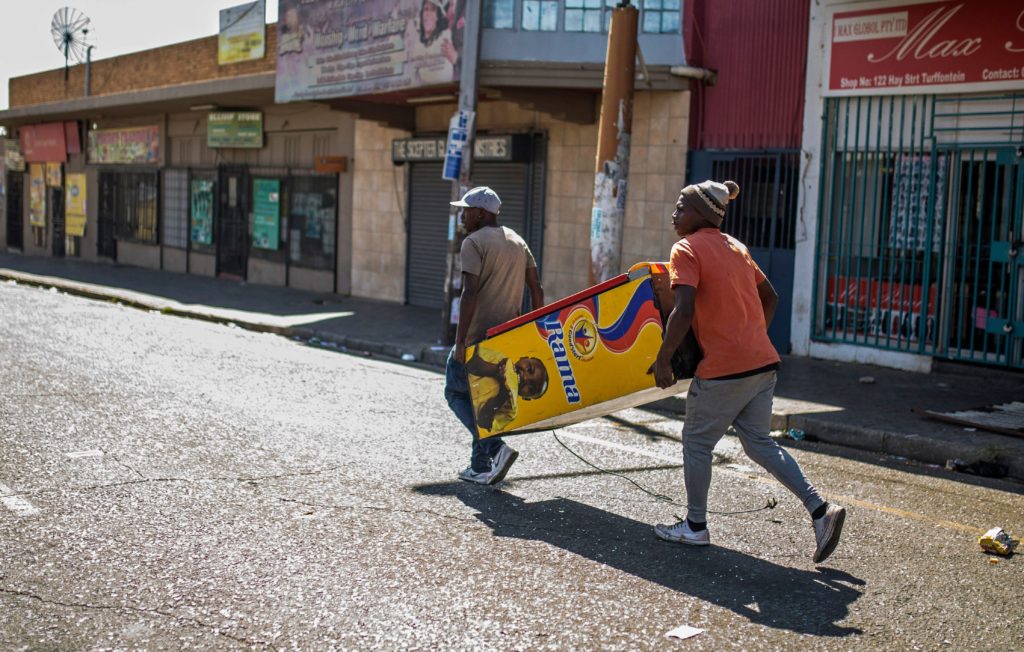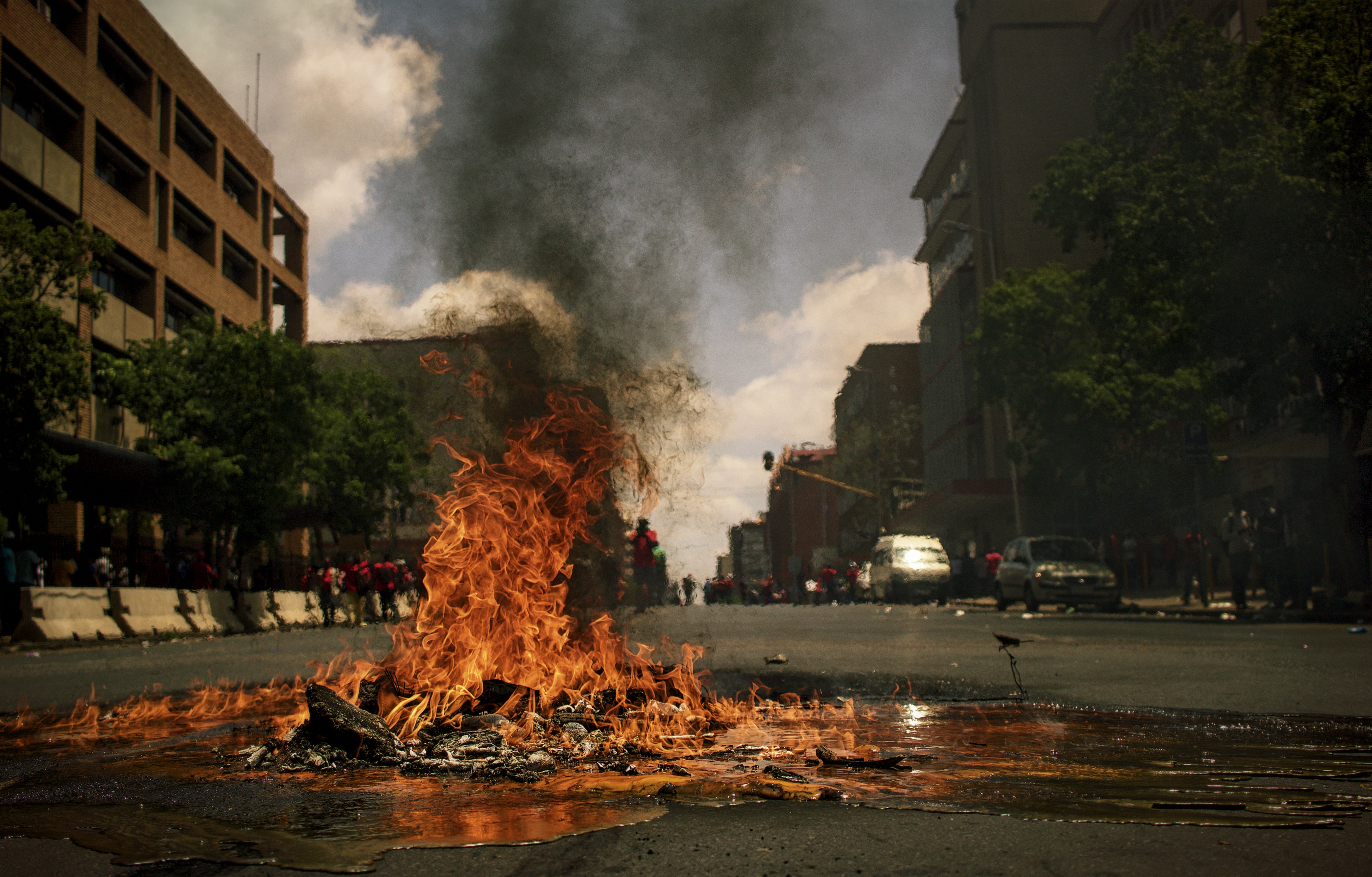Xenophobic attacks have dominated the headlines this week after the latest wave of anti-immigrant violence rocked South Africa. Shops belonging to foreigners have been vandalised and looted with buildings also set ablaze. The unrest which began on Sunday in Johannesburg has since spread to Pretoria, leaving five people dead and at least 300 arrested, police said
Many African countries have issued warnings to their citizens living in South Africa to take extra caution in their dealings in the country. From Zambia warning its lorry drivers to avoid the country entirely to Ethiopia’s Foreign Ministry advising its citizens to close their shops and avoid going out wearing expensive jewellery, African nations have been forceful in their response.
Naturally, Nigeria’s response has been the loudest. Nigeria has recalled its ambassador to South Africa and pulled out of the World Economic Forum Africa Summit in Cape Town at the last minute. Nigeria’s foreign minister Geoffrey Onyeama is in Pretoria to convey the government’s displeasure to South Africa president Cyril Ramaphosa. Given Nigerian citizens are often the most targeted foreigners in South Africa, this is an understandable position for Africa’s most population to take.

Most of the information has filtered through social media in the form of videos and pictures. While these serve to inform people at speeds often faster than traditional media, there’s cause to believe many of the images doing the rounds this week are old photos from previous xenophobic incidents, have nothing to do with xenophobia at all, and in the worst cases, are not even incidents that occurred in South Africa.
Africa Check, the fact-checking website, dug into the origins of some of the popular videos that have been shared this week and found a disturbing pattern of misinformation. You might have seen an image of a man set on fire with two policemen watching close by. You probably saw it because the Nigerian rapper Skales tweeted about it.
“If this pic is recent… just shows this country hasn’t recovered from apartheid !! The aftermath got them killing their own race and rebellious to the human race … shame shame #StopXenophobia #BoyCottSouthAfrica”, Skales wrote.
But in truth, the image is from 2008 when more than 60 people were killed in xenophobic attacks. The man on fire is Mozambican Ernesto Alfabeto Nhamuave.
Another video depicts another man set on fire, with a mob whooping and celebrating his slow demise. At a point, someone drops cardboard over his head. It is an extremely graphic video.
“Inside the #SouthAfrica Xenophobia, The nationals don’t want non citizens, Today it is Johannesburg and Pretoria ,next is Durban,” a tweet read.
But the video has nothing to do with xenophobia. Indeed, it is from an incident in January where two men snatched a woman’s bag in Johannesburg and were set on fire by an angry mob. A classic case of jungle justice has been repurposed to fit a xenophobic narrative.
It is unclear what the initial posters of these messages were thinking when they decided to share. It could have come from a place of genuine concern to share information on an important topic. Or if you’re worldly and cynical, you could interpret it as a nakedly shameless attempt to gain social media clout – in the form of clicks and retweets and favourites – off the back of a trending topic. But whatever their motive, it’s crucial to question images and videos before sharing them.
Social media has metastasized from a tool to catch up with old friends and cute cat pictures to a sinister instrument used by hackers, governments and other bad-faith actors to undermine society and democracy. Brexit, the election of Donald Trump and the rise of far-right nationalism in Europe have roots in misinformation campaigns on social media. It’s important for Africans to remain vigilant when sharing about sensitive matters. The issues are real and require urgent action from leaders and citizens alike; the images need not be fake.
So how do people stay vigilant on social media? Africa Check urges social media users to “enter a description of the video into Google to pick up news reports similar to the incident”, “do a Google reverse image search of a video screenshot to check if it has been shared before.”, and checking the replies or comments to a video to see if other users are doubting its authenticity.











